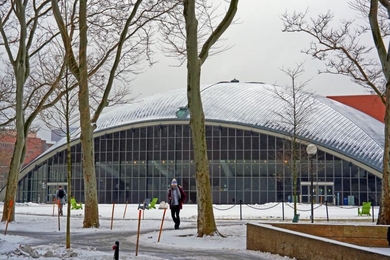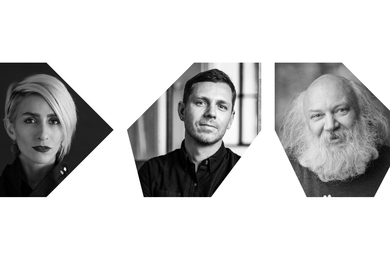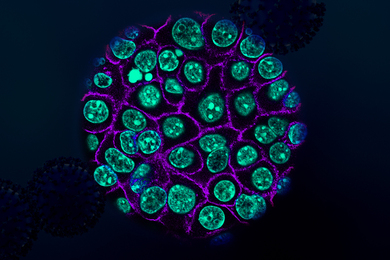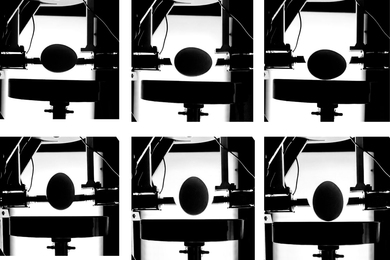If the lesson of this year's Killian Award lecture could be told as a folk proverb, it might be this: Water changes land, land changes plant, plant changes land, land changes water.
Rafael L. Bras -- the professor of civil and environmental engineering who is on leave from MIT while serving as dean of the Henry Samueli School of Engineering at the University of California at Irvine -- returned to campus this week to give the annual lecture, a tradition now in its 37th year. As winner of the 2008-2009 James R. Killian Jr. Faculty Achievement Award, Bras devoted his March 30 talk to the complex yet elegant relationships among oceans, land, atmosphere and plant life.
Bras drew on his more than 30 years of research in hydrologic science -- an interdisciplinary field that he pioneered -- to outline formulas and models that explain how landscapes shift over thousands of years. Plants, for example, change the properties of soil to increase moisture, which changes drainage, which, in turn, affects trees and bushes.
"This becomes a really intertwined dance among the vegetation, the landscape, the hydrology and the radiation," said Bras.
Such connections are only recently being fully understood as hydrologic science integrates the study of traditional land hydrology with atmospheric science, ecology and geology. "The land masses did not matter when I went to school here; only the oceans mattered," said Bras '72, SM '74, ScD '75.
But neither water, earth nor sky can be studied in isolation. Deforestation in the Amazon is affecting cloud distribution, Bras said. Shallow clouds tend to form over deforested areas while deep clouds tend to cover forested areas. This may be due to a phenomenon similar to a sea breeze, an uplift created by the cleared spaces between forested areas. About 20 percent of the Amazon is already deforested; many fear additional deforestation may permanently change the area's atmosphere.
"We are at the point -- probably for the first time in millions of years -- where there are enough of us and we have the technology to alter the earth," Bras said in answer to an audience question about the political ramifications of his research. "There's no doubt in my mind that the atmosphere has been altered. There's no doubt in my mind that large-scale agriculture has changed land surfaces."
As recently as 200 years ago, the oceans and sky seemed immense and unchangeable, Bras said. "They're not -- not any longer."
Established in 1971 as a tribute to MIT's 10th president, the Killian Award recognizes extraordinary professional accomplishment by an MIT faculty member. The winner delivers a lecture in the spring term.
A version of this article appeared in MIT Tech Talk on April 1, 2009 (download PDF).






